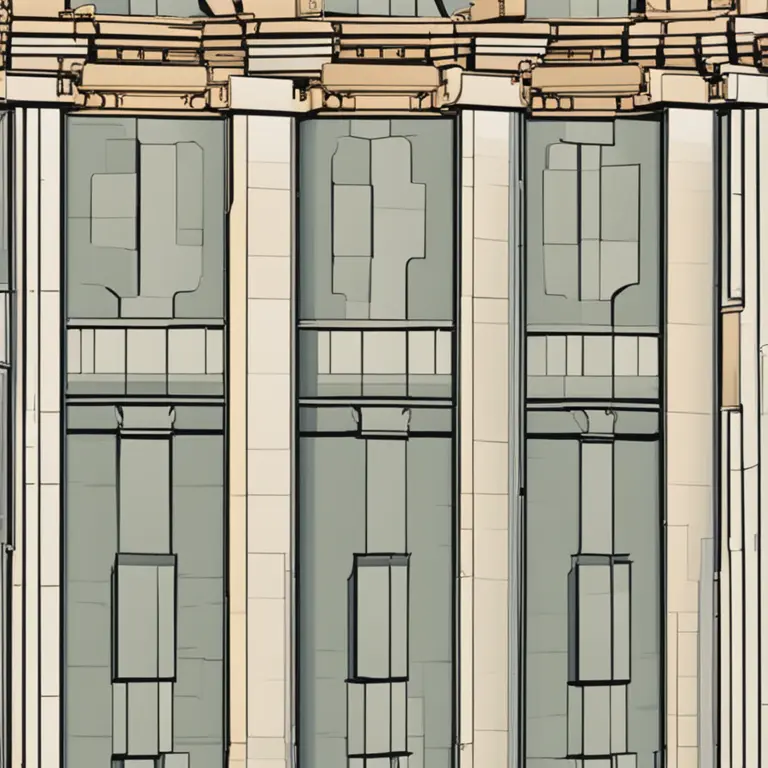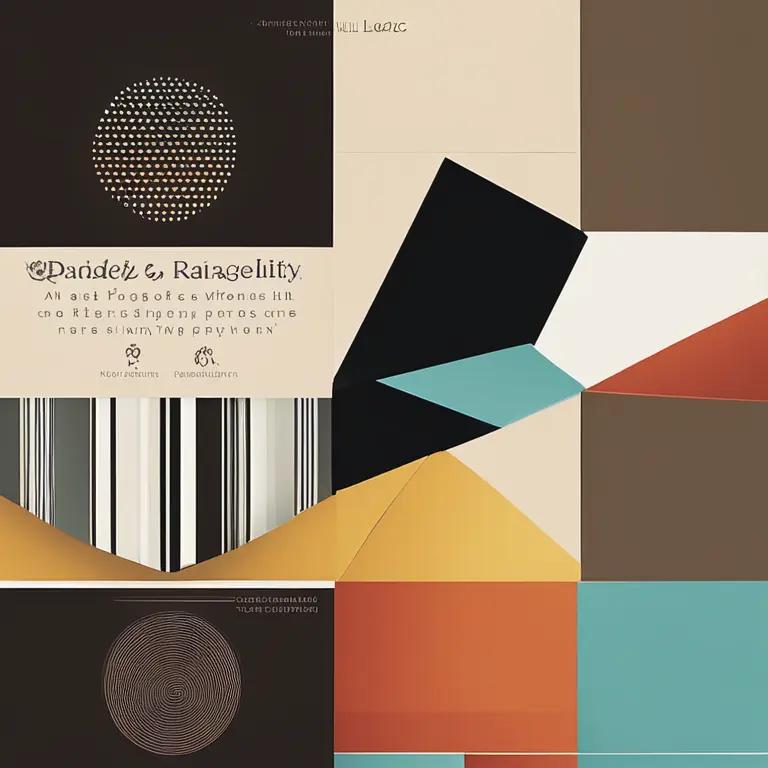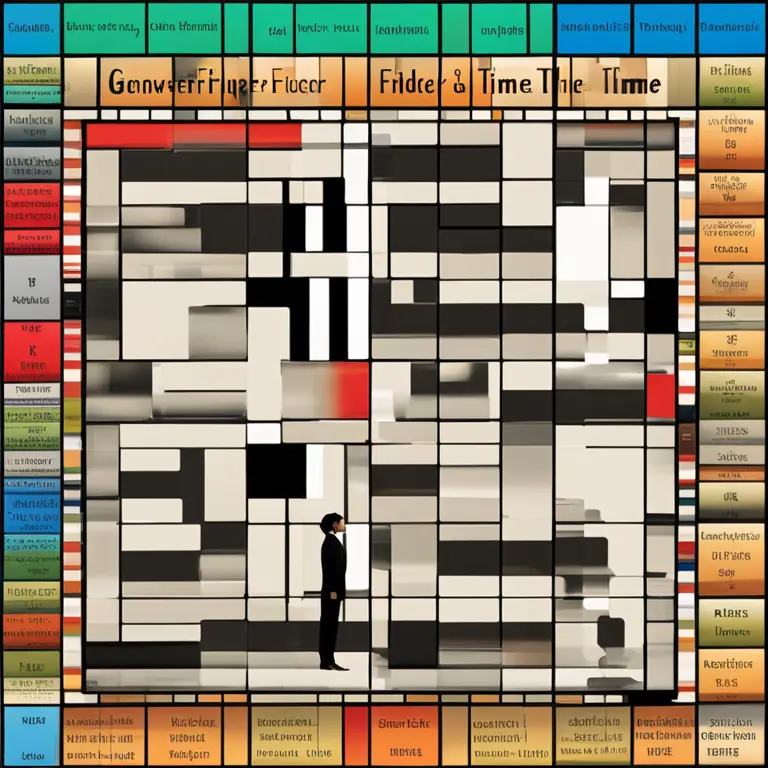
Finger Length Insights in Palmistry
Explore the significant meanings behind finger lengths in palmistry and how they reveal personality traits and potential life paths.
article by Nora Pennington
The Mystique of Finger Proportions
Finger length in palmistry goes beyond mere physical attributes; it is believed to be an insightful indicator of one's personality and destiny. The ancient practice of reading palms, also known as chiromancy, holds that each finger correlates with different aspects of our nature and experiences. By examining the length of the fingers relative to one another, a palmist can provide an in-depth analysis of an individual's character traits, strengths, weaknesses, and potential life paths. Combining this knowledge with other elements of palmistry enriches the narrative of a person's journey.

The Thumb - Willpower and Logic
Starting with the thumb, palmists consider its length and flexibility. A longer thumb is often associated with stronger willpower and analytical abilities, while a shorter thumb might indicate more impulsiveness and emotional responses. The thumb's sections themselves—divided into the phalange of logic and the phalange of will—offer further clues. A larger logic phalange suggests a more rational approach to life, whereas a dominant will phalange speaks to a more determined, sometimes stubborn nature.

Index Finger - Ambition and Leadership
Known as the Jupiter finger, the index finger symbolizes power, confidence, and leadership qualities. A longer index finger points to a natural leader with ambitious drives, while a shorter one may indicate a preference for teamwork and less interest in seeking the spotlight. Similarly, the Jupiter finger's proportion to the other fingers plays a role in interpreting assertiveness and an individual’s approach towards social interactions and career pursuits.

Middle Finger - Responsibility and Time
The middle finger is linked to Saturn, representing responsibility, wisdom, and our relationship with time. A longer middle finger is synonymous with a serious, introspective individual who values structure and order. Conversely, a shorter middle finger might belong to someone perceived as free-spirited and less conventional. These observations are weighed alongside the finger's alignment and shape when evaluating a person's outlook on life's responsibilities and challenges.

Ring Finger - Creativity and Self-Expression
The Apollo finger, or ring finger, shines a light on creativity, beauty, and self-expression. Those with a longer ring finger often display a strong artistic sense and a propensity for innovation. They tend to seek aesthetic pleasures and may have a more optimistic view of life. A shorter ring finger might signal a more practical and perhaps cautious approach to self-expression, potentially relating to an inclination toward analytical professions.
Pinky Finger - Communication and Relationships
Associated with Mercury, the pinky finger reveals insights into communication style and relationships. A long pinky is indicative of eloquent speech and a persuasive nature, suggesting talents in writing or public speaking. A shorter pinky finger, on the other hand, may hint at reserved communication or internal reflection. The finger's overall form, including how it aligns with the others, combines with its length to tell a more nuanced story of social interactions and intellect.
Combining Finger Lengths for a Holistic Understanding
While each finger imparts its own wisdom, the art of palmistry lies in synthesizing these traits to form a coherent narrative of a person's life. Interpreting the hands as a whole, considering not only the length but the shape, lines, and mounts, palmists can provide a multifaceted reading. This approach taps into the interconnectedness of our traits, and how they manifest in the choices we make and the paths we take.
Published: 1/11/2024
Modified: 1/12/2024
More predictions
Come back here soon to learn more about yourself and your future


The Essence of Palmistry: Interpreting Lines and Shapes
Delve into the world of palmistry to discover the meanings behind the lines and shapes etched into the palms of your hands.


The Efficacy of Palmistry: Real Insight or Fancy?
Delve into the validity of palmistry as a form of divination. Is there a truth behind the lines on our palms, or is it just a charming fancy?


The Ancient Art of Vedic Palmistry
Discover the ancient art of Vedic Palmistry and its practice in the modern era, revealing the secrets held within the lines of the hand.